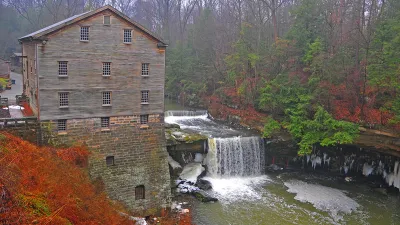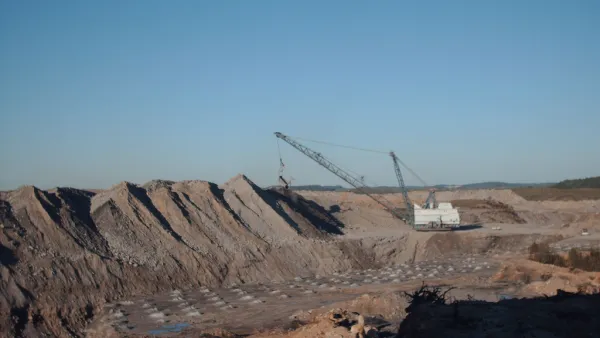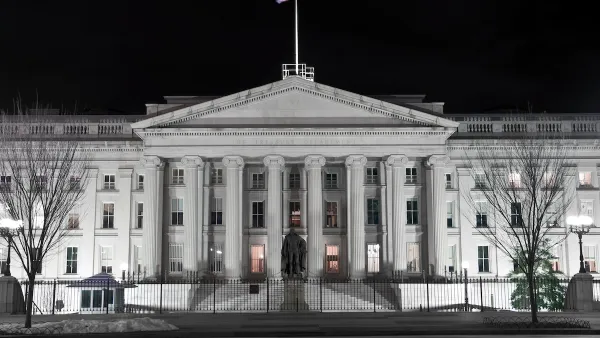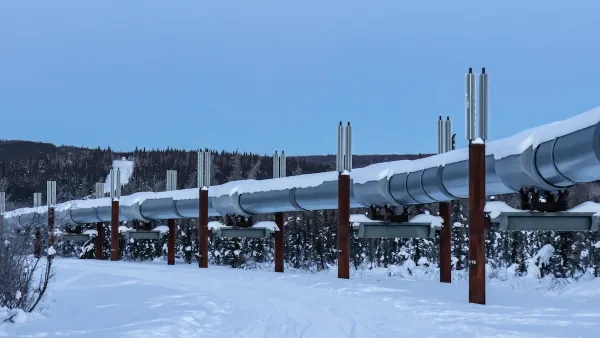Small cities are an asset to the country, so politicians and thinkers on the left and right would do well to stop calling for their inhabitants to flee, Henry Garbar argues in Slate.

Differences in wages and quality of life have people from columnists to President Trump himself asking why people don't just move. "The plight of post-industrial cities like Buffalo, New York, as well as rural communities in Appalachia and the South, is also being dismissed by thinkers on the left and the right," Henry Garbar writes for Slate.
Garbar argues there are good reasons why people are moving less. "This is not as easy as it sounds: Yale law professor, David Schleicher, has laid out three issues that have contributed to Americans’ declining geographic mobility: zoning restrictions that raise housing prices in coastal cities, occupational licensing requirements that make it hard for professionals to cross state lines, and welfare benefits that are difficult to take from place to place," Garbar writes.
How could small cities be saved? Garber points out an idea from Vox's Mathew Yglesias suggesting that moving some government agencies out of D.C. could have a big impact elsewhere, "Time to shift economic activity from the overcrowded coasts to places that need more of it," Yglesias writes. Immigrants and refugees might be motivated to move to these cities. "Michigan Gov. Rick Snyder had earlier discussed getting the Obama administration to offer 50,000 visas for high-skilled migrants to come to Detroit. But Snyder’s plan was dubious—how could you force visa recipients to stay in Detroit?—and the Laitin-Jahr idea was impossible because America hasn’t even accepted one-third that number of Syrian refugees since the war began," Garbar reports.
It's worth the effort though, Garbar contends, not just because small cities serve as a hedge against the troubles larger cities might have in the future, but also because the future prospects of a city can be hard to guess, few predicted New York's comeback in the '80s. What's more, these cities effort distinct advantages. "They’re small enough for regular people to participate in politics and make a mark on civic life; small enough for responsive, local ownership over institutions and infrastructure like banks, broadband, retail, and food production; small enough for short commutes and easy access to nature," Garbar argues.
FULL STORY: In Defense of the Small City

National Parks Layoffs Will Cause Communities to Lose Billions
Thousands of essential park workers were laid off this week, just before the busy spring break season.

Retro-silient?: America’s First “Eco-burb,” The Woodlands Turns 50
A master-planned community north of Houston offers lessons on green infrastructure and resilient design, but falls short of its founder’s lofty affordability and walkability goals.

Delivering for America Plan Will Downgrade Mail Service in at Least 49.5 Percent of Zip Codes
Republican and Democrat lawmakers criticize the plan for its disproportionate negative impact on rural communities.

Test News Post 1
This is a summary

Test News Headline 46
Test for the image on the front page.

Balancing Bombs and Butterflies: How the National Guard Protects a Rare Species
The National Guard at Fort Indiantown Gap uses GIS technology and land management strategies to balance military training with conservation efforts, ensuring the survival of the rare eastern regal fritillary butterfly.
Urban Design for Planners 1: Software Tools
This six-course series explores essential urban design concepts using open source software and equips planners with the tools they need to participate fully in the urban design process.
Planning for Universal Design
Learn the tools for implementing Universal Design in planning regulations.
EMC Planning Group, Inc.
Planetizen
Planetizen
Mpact (formerly Rail~Volution)
Great Falls Development Authority, Inc.
HUDs Office of Policy Development and Research
NYU Wagner Graduate School of Public Service





























